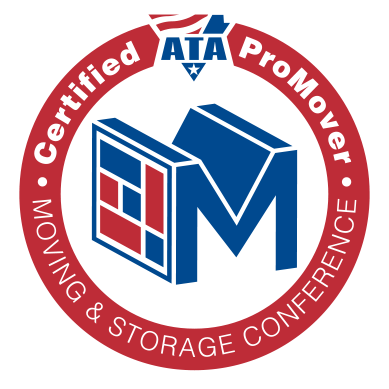.png?width=533&name=Allied_OctoberBlog_2021_10_06-01%20(1).png)
Over the past year and a half, COVID-19 has profoundly impacted all parts of our lives, from the personal to the professional. That includes the strong effect it’s had on our working environments, with many employers shifting to work-from-home models. And as our world continues to navigate the pandemic, one thing is clear: For many industries, a full-time return to the office isn’t in the cards.
An EY survey found that 9 in 10 employees want flexibility in where and when they work. But flexibility isn’t the other thing on employees’ minds: According to research from Microsoft, 65% of workers also said they want more in-person time with their teams.
It’s clear that employees are focused on having the best of both worlds: the flexibility that comes with remote work alongside the opportunities for collaboration and socialization that an in-office environment provides. So, what’s the solution? A hybrid work model that allows for days both in and out of the office.
But as companies shift how they operate, there will be a range of things to consider, from what an office building should look like to relocating talent in a hybrid work model. When it comes to the latter, here are three key things to keep in mind.
Create a Plan to Empower Your Employees
The first step to successfully navigating a hybrid work model may sound simple — make a plan. But it’s an essential part of setting up both your company and your employees for success. This is especially true when it comes to relocating employees. Be clear on what the relocation package entails and set clear expectations for what newly hired employees can expect.
The planning doesn’t stop after relocation, though. It can be important to schedule daily check-ins for remote employees, so both they and their managers are clear on what tasks should take priority. And when it comes to work-from-home environments, it’s important to help your employees get the equipment and set-up they need so their work can continue seamlessly no matter where they are during the week.
There’s no one-size-fits-all plan for moving to a hybrid work model, and it’s also crucial to remember that no plan is set in stone. Continue to communicate with employees about how their work weeks are going, and follow up with any relocated employees to make sure everything went smoothly with their move. By getting regular feedback, you can make adjustments and adapt as needed.
Increase Flexibility
The pandemic has taught us all the necessity of remaining nimble and flexible. From supply chain disruptions to evolving health care guidelines, there’s been no shortage of changes that we’ve had to adapt to.
One area where employees have requested additional support in order to deal with shifting circumstances has been with regards to relocation. According to a SIRVA Pulse Survey, 60% of employees requested extended relocation timelines — with so many things in flux, adding that additional time and being flexible with start dates can help ensure employee satisfaction from the start. The survey also found that 33% of employees wanted phased assignments or for their families to arrive later — this could, for example, allow children to finish the school year in their current location, or allow a trailing spouse more time to find a job. By building flexibility into your relocation process, you can help employees move without adding stress.
Review and Update Policies as Needed
The ability to pivot and rethink established processes has become increasingly essential in our changing world. What once worked for your organization pre-pandemic may need to be refreshed, and by reviewing your policies, you can update them to fit and reflect a more flexible workplace.
When reviewing your relocation process for newly hired employees or workers moving within the company, consider lump-sum policies. These can give employees the freedom to spend their relocation funds how they choose, something that can be greatly beneficial when it comes to dealing with unforeseen circumstances. To effectively implement a lump-sum model, there are a few key things to consider. That includes providing valuable information and resources to your employees, like suggestions for housing options and tips for how to best use their funds.
Another option that allows for flexibility is taking a core-flex mobility approach. This path forward can help companies choose a relocation strategy that fits their company and employees — you can build core benefits into your plan while also allowing for “flex” benefits that can be applied when appropriate.
For companies, adjusting to the new normal of a hybrid work model won’t be easy, but there’s a wealth of opportunity for innovation as well as the chance to create a workplace environment that truly meets the needs of employees everywhere. “At the core of it all,” said LinkedIn CEO Ryan Roslansky, “is the beginnings of a new, more dynamic relationship between employers and employees.”
By choosing Allied Van Lines as your corporate relocation partner, you can tap into a global network and take advantage of relocation and moving solutions customized to your company. Together, we can help your talent get where they need to be safely and efficiently.
Allied Van Lines, The Careful Movers, supports local, long-distance and international moves — large and small — and is the largest mover network in the world. With over 90 years of experience, we’re here when you need us to ensure your company and your top talent move forward into the future, together. Learn more.


![shield [Converted] susan](https://corporate.allied.com/hubfs/susan.png)
![shield [Converted] move](https://corporate.allied.com/hubfs/move.png)

